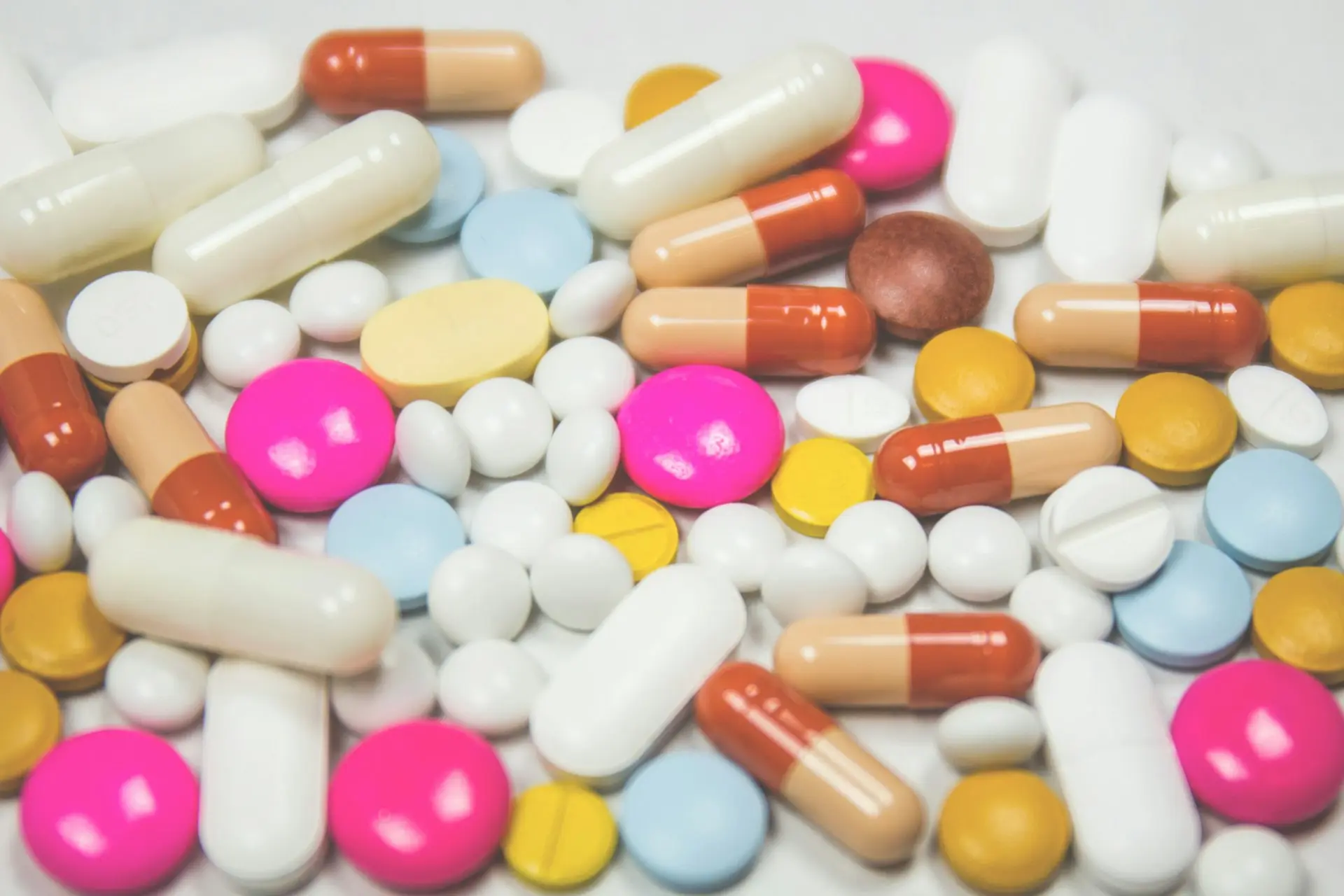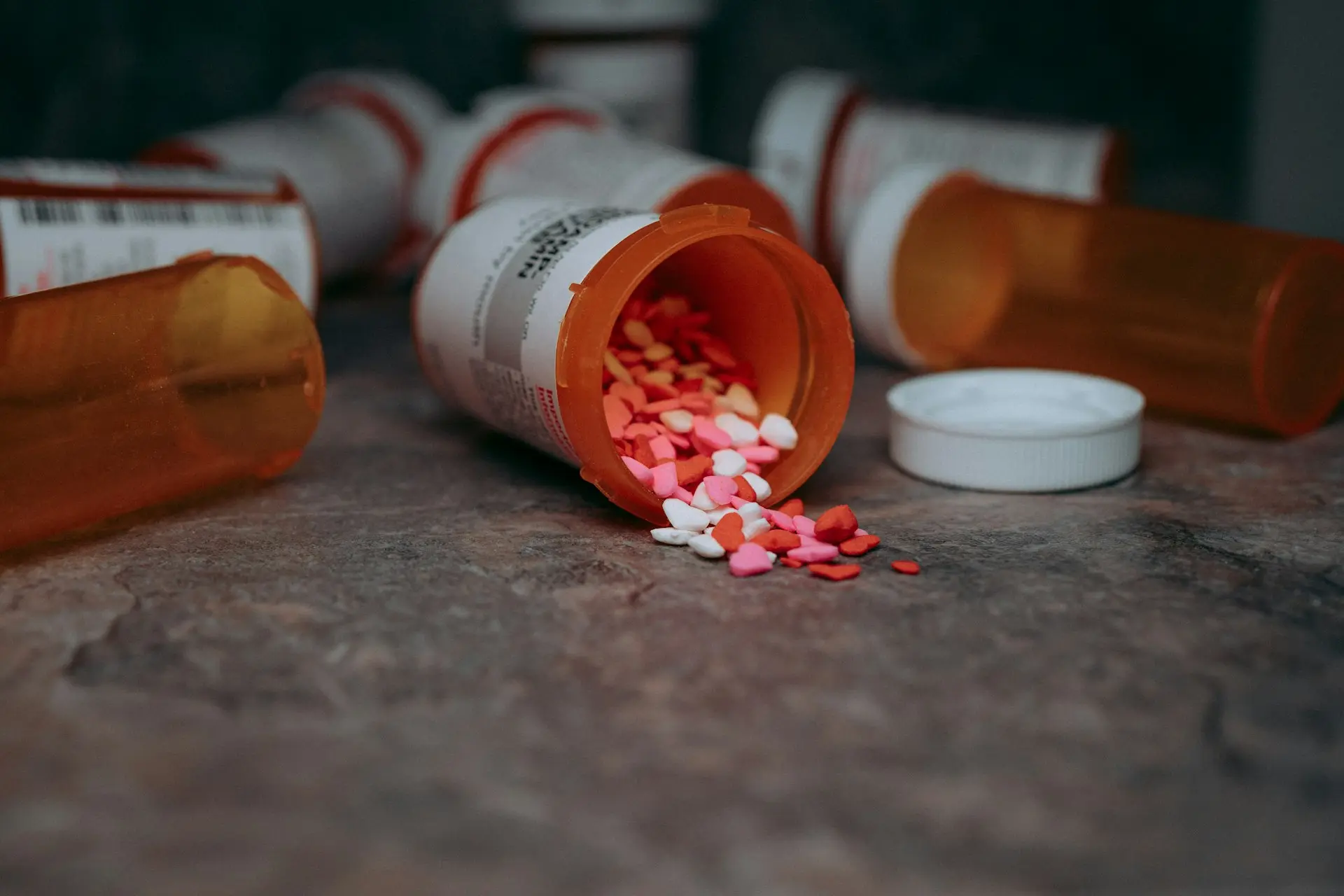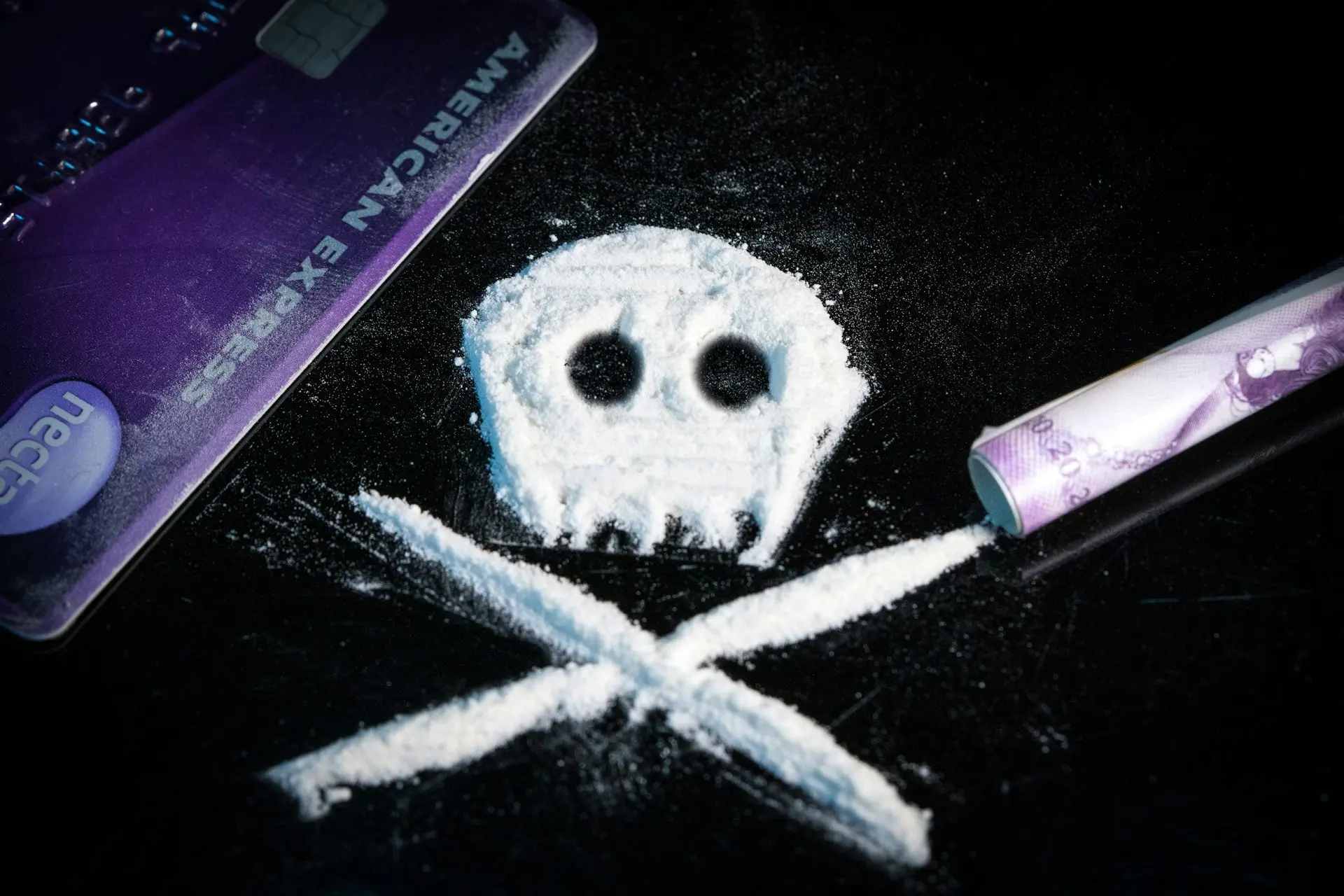
What is PAWS?
The second phase of withdrawal is known as Post-Acute Withdrawal Syndrome (PAWS). In this stage, physical symptoms tend to subside, but emotional and psychological symptoms become more prominent.
PAWS occurs as the brain slowly begins to rebalance its chemistry. During this adjustment period, fluctuating levels of brain chemicals can lead to a variety of post-acute withdrawal symptoms.
While experiences during the acute withdrawal phase can vary greatly from person to person, most individuals going through post-acute withdrawal report similar symptoms.

Symptoms
Early in recovery, your symptoms may shift from minute to minute or hour to hour. As healing progresses, they may disappear for weeks or even months before resurfacing. Over time, the periods of relief will become longer and more frequent. However, the difficult phases of post-acute withdrawal can still be just as intense and may last just as long when they do occur.

Duration
After you've been in recovery for some time, you'll notice that episodes of post-acute withdrawal typically last just a few days. Often, there’s no clear trigger—you might simply wake up feeling irritable, tired, or low. The key is to hold on, as these episodes tend to pass as suddenly as they begin. Over time, you'll gain confidence in your ability to manage them, knowing that each episode is temporary and will eventually fade.
Post-acute withdrawal symptoms typically begin 7 to 14 days after the initial withdrawal phase, though this timeline can vary depending on the substance involved. PAWS tends to be most intense between 3 to 6 months into recovery and can persist anywhere from 6 months up to 2 years.

How to Identify PAWS
Chronic substance use can change the molecular, cellular, and neurocircuitry in the brain that affect emotions and behaviors and can persist after the acute withdrawal symptoms end.
The research on post-acute withdrawal syndrome is limited. While there have been some clinical observations, the evidence is mostly anecdotal but indicates the following.

Alcohol
PAWS from alcohol is actually well documented. Common symptoms include anxiety, hostility, irritability, depression, mood changes, fatigue, insomnia, problems concentrating and thinking, decreased sex drive, and unexplained physical pain. Anecdotal evidence indicates that symptoms can last 2 years or longer after the last drink. Sleep studies suggest that sleep problems can persist 1-3 years after alcohol consumption stops.

Benzodiazepine
Benzodiazepine PAWS is difficult to distinguish from symptom rebound, a common after-effect of prolonged benzodiazepine use, where intensified withdrawal symptoms, such as anxiety, insomnia, and restlessness return, then subside a few weeks later.

Marijuana
Several studies indicate that sleep difficulties and strange dreams persisted for more than a month after stopping the use of marijuana.

Opioids
There are a number of post-acute withdrawal symptoms that have been reported in the weeks and months following opiate detox, including sleep disruption, anxiety, and depression, as well as fatigue, feeling down, irritability, and decreased executive control functions.

Cocaine
One study found that impulse control continued to be a struggle for study participants after four weeks of abstinence.

Common Symptoms
- Irritability and hostility.
- Depression.
- Anxiety.
- Low energy and fatigue.
- Sleep disruption, including insomnia.
- Memory problems.
- Limited ability to focus or think clearly.
- Cravings.
- Impaired executive control.
- An inability to feel pleasure.
- Difficulty focusing on tasks.
- Lack of libido.
- Inexplicable chronic pain.
How to Combat PAWS

Relax
When you're feeling tense, it's easy to fixate on your symptoms, which can intensify them. In a relaxed state, you're more likely to let those symptoms pass without getting overwhelmed. This reduces your emotional reactivity and lowers the risk of relapse.
Keep in mind that even a minor relapse can set back the progress your brain has made during recovery. Without sustained abstinence, the foundation of your recovery can begin to unravel. But with continued abstinence, growth and healing remain fully possible.

Support System
Get regular feedback from people you trust:
- Therapy Group
- Professional Counselor
- Doctor
- Self-Help Group
- Sponsor
It’s important to talk about what you’re going through—but choose people who will listen without judging, criticizing, or downplaying your experience.
Opening up not only provides emotional relief but also increases your self-awareness around your symptoms.
Share your thoughts and feelings—even if they seem irrational—with people you trust and feel safe with.
Allow yourself to be open to supportive and constructive feedback; it can offer new perspective and help you process your emotions more effectively.

Problem Solving and Goal Setting
Effective problem solving and goal setting are essential tools for maintaining stability and progress in recovery. This process involves a few key steps that help you respond thoughtfully to challenges rather than reacting impulsively.
- Identify and Clarify the Problem:
Take time to clearly define what the issue is. Try to understand the root cause rather than just focusing on the symptoms or surface-level frustration. Ask yourself: What exactly am I facing? Why is this a problem for me right now? - Explore Options and Consider the Best Possible Outcome:
Brainstorm possible solutions. Don’t filter or judge them right away—just list as many as you can think of. Then, evaluate which option offers the most realistic and positive outcome. Consider short-term relief versus long-term benefits. - Seek Feedback if Needed:
Sometimes, a second opinion can offer insight you hadn’t considered. Talk to a trusted friend, sponsor, therapist, or mentor who can offer a fresh, nonjudgmental perspective. They may help you refine your plan or see risks you may have overlooked. - Take Action and Evaluate the Results:
Choose the best option and put it into practice. Afterward, take time to review how it went. Did it help? What would you do differently next time? Reflection helps you learn from the experience and strengthens your decision-making skills moving forward.
By approaching problems with clarity and intention, and setting realistic goals along the way, you build resilience, confidence, and a greater sense of control in your recovery journey.